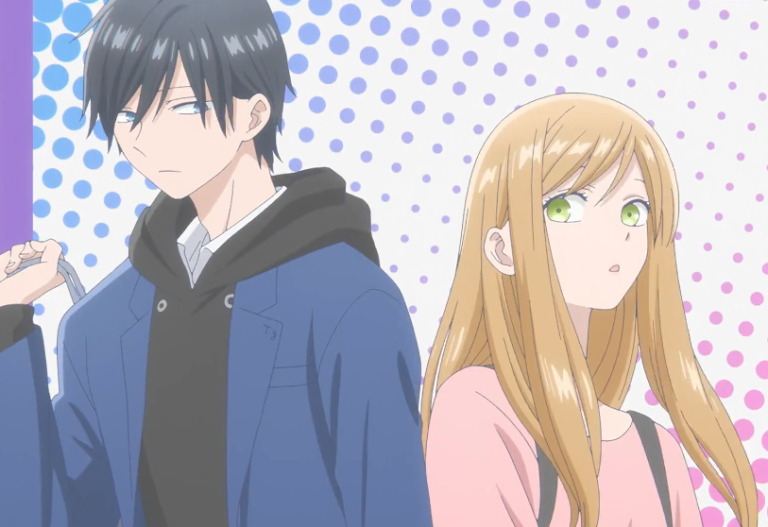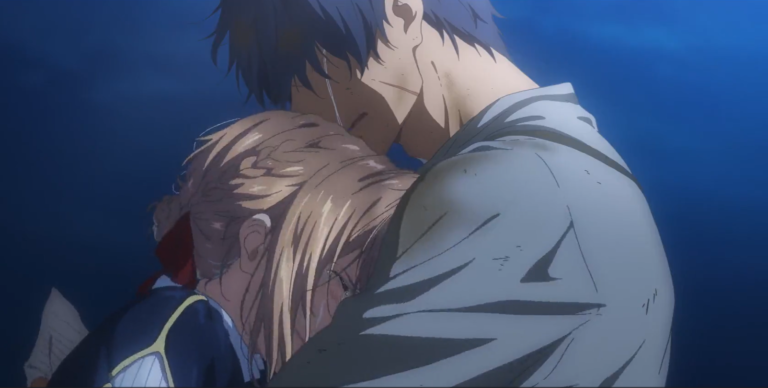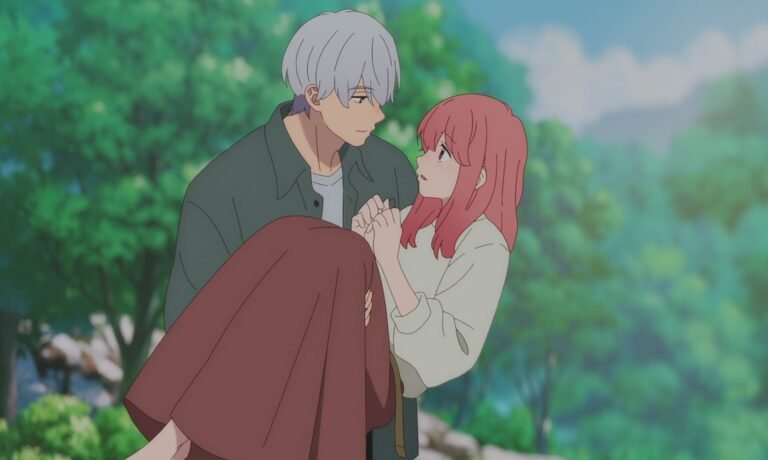Anime Review :
Violet Evergarden
I recently finished watching Violet Evergarden, and my first thought was, “Wow, the animators must have forgotten about the budget!” Out of all the anime I’ve seen, this one has some of the best animation. Every scene is detailed and incredibly clean—it’s hard to put into words how impressive it is. As for the story, it’s unlike anything I’ve watched before. It’s sad, heart-wrenching, and beautiful all at once. It creates a mix of emotions that’s hard to describe, and I can’t help but wonder what kind of imagination the writers must have to come up with something like this. I truly enjoyed the series. It gave me a unique and beautiful experience, and all within just 14 episodes.
Violet Evergarden The anime series tells an emotional story filled with themes of love, loss, and personal growth. It was directed by Taichi Ishidate and produced by Kyoto Animation, one of the most famous animation studios in Japan. The show is based on a light novel series written by Kana Akatsuki. It first aired in 2018 and quickly gained a large number of fans because of its stunning animation and touching storyline that often brings viewers to tears. Here’s a closer look at what makes Violet Evergarden such a special show.

Plot Overview
The story of Violet Evergarden is set in a post-war era and follows the life of Violet, a former soldier who once served in the army during a brutal conflict. Trained to be a tool of war, Violet was raised devoid of emotions, functioning more as a weapon than as a human being. She followed the orders of her superior officer, Major Gilbert Bougainvillea, who was the only person to treat her with kindness and compassion. During the final battle of the war, Major Gilbert goes missing, leaving Violet with his final words: “I love you.” However, Violet, unfamiliar with emotions, does not understand the meaning of these words.
After the war, Violet begins a new chapter in her life by working as an Auto Memory Doll—a professional writer who helps people express their emotions through letters. As she travels across the country and interacts with different clients, Violet gradually learns about emotions, human connections, and the meaning of love. Throughout her journey, she also searches for closure regarding Major Gilbert’s fate.
Themes and Emotional Depth
At its core, Violet Evergarden is a story about healing and understanding emotions. The anime deeply explores themes of grief, loss, and trauma, with Violet’s personal growth serving as a mirror to these emotional struggles. Each episode often introduces a new character with their own story of love or loss, which adds to the emotional resonance of the show.
The central question that Violet grapples with—”What does ‘I love you’ mean?”—is a poignant and recurring theme. The show beautifully portrays her journey of self-discovery as she learns to recognize and understand the emotions she had previously been oblivious to. Violet’s growth is subtle but powerful, making her an incredibly compelling protagonist.
One of the most impactful aspects of Violet Evergarden is how it handles grief. Many of the episodes feature characters who are dealing with the loss of loved ones, and the show portrays their struggles with great empathy. These stories often lead to tear-jerking moments, and viewers are likely to find themselves emotionally invested in the lives of the side characters, even though they only appear for a single episode. The anime’s exploration of how people cope with loss and move forward is both raw and beautiful.

Character Development
Violet, as the main character, undergoes the most significant development. At the start of the series, she is almost robotic, following orders without understanding human emotions. As the series progresses, Violet evolves from being a war machine to a compassionate and empathetic individual. Her journey to find her own humanity is one of the most compelling aspects of the show.
What makes Violet’s character so intriguing is the contrast between her military past and her new role as a letter writer. Having spent her life taking lives, she now dedicates herself to connecting people through words. This shift symbolizes her transformation, as she
learns that emotions are not a weakness but a strength. Her attempts to understand human feelings, particularly love, often lead to touching and tearful moments that leave a lasting impact on the viewer.
The side characters in the show are also well-developed, with many of them leaving a lasting impression despite their brief appearances. For example, characters like the grieving mother who writes a letter to her daughter or the terminally ill girl who wants to leave messages for her family add depth and emotional weight to the series. These episodes show the power of words and how letters can bridge emotional gaps, even in the most difficult circumstances.
Animation and Art Style
Kyoto Animation is known for its exceptional animation quality, and Violet Evergarden is no exception. The art is stunning, with beautiful, detailed backgrounds and fluid, expressive character animations. Every scene feels meticulously crafted, from the lush landscapes to the intricate character designs.
One of the standout aspects of the animation is how it captures Violet’s emotions, or lack thereof, through her facial expressions and body language. Early in the series, Violet’s movements are stiff and mechanical, reflecting her emotional disconnect. As the series progresses, she becomes more fluid and expressive, mirroring her internal transformation. The attention to detail in conveying Violet’s emotional journey through animation is a testament to Kyoto Animation’s mastery.

The use of color also plays a significant role in setting the tone of the series. The post-war world of Violet Evergarden is often depicted in soft, muted colors, which emphasize the melancholic and reflective mood of the series. However, the vibrancy of the show shines through in moments of emotional warmth, creating a stark but beautiful contrast.
Music and Soundtrack
The music in Violet Evergarden complements the emotional weight of the story perfectly. Composed by Evan Call, the soundtrack is filled with orchestral pieces that enhance the emotional intensity of the scenes. The opening theme, “Sincerity,” by TRUE, and the ending theme, “Michishirube,” by Minori Chihara, are both beautiful songs that reflect the bittersweet tone of the series.
The use of silence is also noteworthy in the show. During some of the most emotional moments, the absence of music allows the viewer to focus on the raw emotions of the characters, making those scenes even more impactful.
More Details
Detail | Information |
Japanese Title | ヴァイオレット・エヴァーガーデン (Vaioretto Evāgāden) |
Anime Type | Drama, Fantasy, Slice of Life |
Rating | – IMDb: 8.5/10 |
Release Date | 11-Jan-18 |
Studio | Kyoto Animation |
Creator | Kana Akatsuki (Light Novel) |
Streaming Services | Netflix |
Conclusion
Violet Evergarden is an emotionally profound and visually stunning anime that delves into the complexities of human emotions, particularly love and grief. With its exceptional animation, heartfelt storytelling, and touching character arcs, it leaves a lasting impression on viewers. Violet’s journey from an emotionless soldier to a compassionate writer is one of the most compelling aspects of the series, making it a must-watch for fans of emotional, character-driven stories.
Though its slower pace may not appeal to everyone, those who appreciate beautifully crafted narratives will find Violet Evergarden to be a deeply moving experience. Whether it’s through the breathtaking visuals, the hauntingly beautiful soundtrack, or the tear-jerking moments of emotional catharsis, the series resonates with viewers long after the final episode ends.
Anime Review My Love Story with Yamada Kun ar Lv999 I watched My Love Story withYamada kun at Lv999...
Anime Review : Violet Evergarden I recently finished watching Violet Evergarden, and my first thought...
Anime Review : A Sign of Affection Yubisaki to Renren (A Sign of Affection) is undoubtedly one of the...




